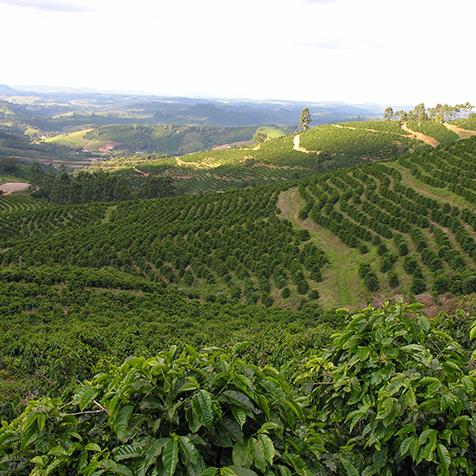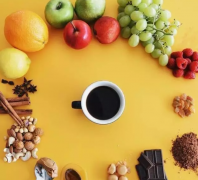The Origin of the name of Celia Coffee beans introduction to the flavor of 90+Level 95 coffee beans
Celia
Sillvia Solkiln (Celia Lock N2 Level 95)
The origin of the name: Sillvia Coffee is the result of the first Solkiln treatment of coffee from plot 11 in Rosa Manor in 2012. All the coffee in this plot was processed at the same time, but in the end only 25 kilograms of coffee with special flavor was successfully obtained. In 2013, we learned that the fresh fruit harvested at the end of the season absorbed more fruit flavor during the Solkiln treatment. This is because we have extended the processing time, resulting in a stronger fruit flavor of the coffee. " The "sill" part of the name "Sillvia" is quoted from the location of our farm, Silla Del Pando (Siriadel Pando volcano complex in the volcanic area of Panama), and "via" means channel or method.
Origin: ninety + Rosa Manor in Panama
Altitude: 1250-1650m
Variety: original variety of Ethiopian heirloom
Treatment method: 90 + patent Solkiln solarization. In the house, the temperature and humidity are controlled by special equipment to prolong the drying time, enhance the taste while keeping it as clean as washing.
Flavor: the palate has obvious fruit juice taste, strong tropical fruit flavor and pineapple pastry taste with a long aftertaste.

Important Notice :
前街咖啡 FrontStreet Coffee has moved to new addredd:
FrontStreet Coffee Address: 315,Donghua East Road,GuangZhou
Tel:020 38364473
- Prev

Ninety + coffee bean grading system ninety + based on what grading
Level 7: harvested in a single production area. Rare varieties with fine taste and special flavor are selected by hand and then treated by Ninety Plus to reach the standard of more than 90 +; Level 12: harvested in a single production area. This grade of beans must be a good taste that every coffee maker will never forget, and Hatchilla is a good representative; Level 21, Lev
- Next

The unique charm of SL28 flavor the source meaning of SL28 name
Freshly processed SL-28 and SL-34 beans. [photo: counter-cultural coffee on Flickr] genetic diversity among coffee plants is one of the most exciting coffee tasters with all stripes. Although the gene pool of Arabica coffee has become shallower and shallower outside Ethiopia, at least one type of coffee is exciting: if you don't encounter it
Related
- Guji coffee producing area of Guji, Ethiopia: Humbela, Shakiso, Wulaga
- What is the most expensive variety of Qiloso in BOP multi-variety group?
- How to store the coffee beans bought home?
- Why are Yemeni coffee beans so rare now?
- Ethiopian Sidamo all Red Fruit Sun Sun Santa Vini Coffee beans
- SOE is mostly sour? What does it mean? Is it a single bean? what's the difference between it and Italian blending?
- Is Italian coffee beans suitable for making hand-brewed coffee?
- How to choose coffee beans when making cold coffee? What kind of coffee beans are suitable for making cold coffee?
- Just entered the pit to make coffee, what kind of coffee beans should be chosen?
- Can only Japan buy real Blue Mountain Coffee? What are authentic Jamaican Blue Mountain coffee beans?

